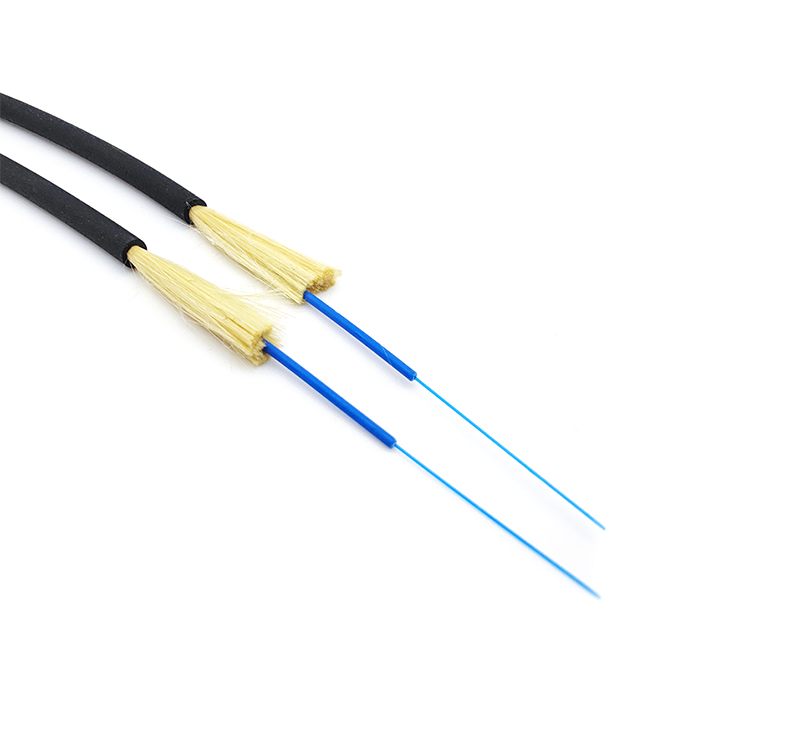The operating temperature of communication optical fiber can be between -40 ℃ and +60℃, and the design is based on the premise that it is not exposed to a large amount of radiation. In contrast, the optical Fiber that can work at lower temperature or higher temperature, and can be affected by high pressure or external forces and exposed to radiation lines is called Hard Condition Resistant Fiber. Generally in order to carry on the mechanical protection to the optical fiber surface, coated with a layer of plastic. But as the temperature rises, the plastic protection function drops, causing the use of temperature is also limited. If the use of heat resistant plastic, such as PTFE (Teflon) resin, can work at 300℃ environment. There are also quartz glass coated with nickel (Ni) and aluminum (Al) and other metals. The Fiber is called Heat Resistant Fiber. In addition, when the optical fiber is irradiated by the radiation line, the optical loss will increase. This is because quartz glass encounter radiation line irradiation, there will be structural defects in the glass (also known as color Center: color Center), especially in 0.4 ~ 0.7pm wavelength loss increases. The way to prevent it is to use quartz glass doped with OH or F element, which can inhibit the loss defects caused by radiation. This kind of Fiber is called Radiation Resistant Fiber, which is mostly used for monitoring optical fiber mirrors in nuclear power stations.











